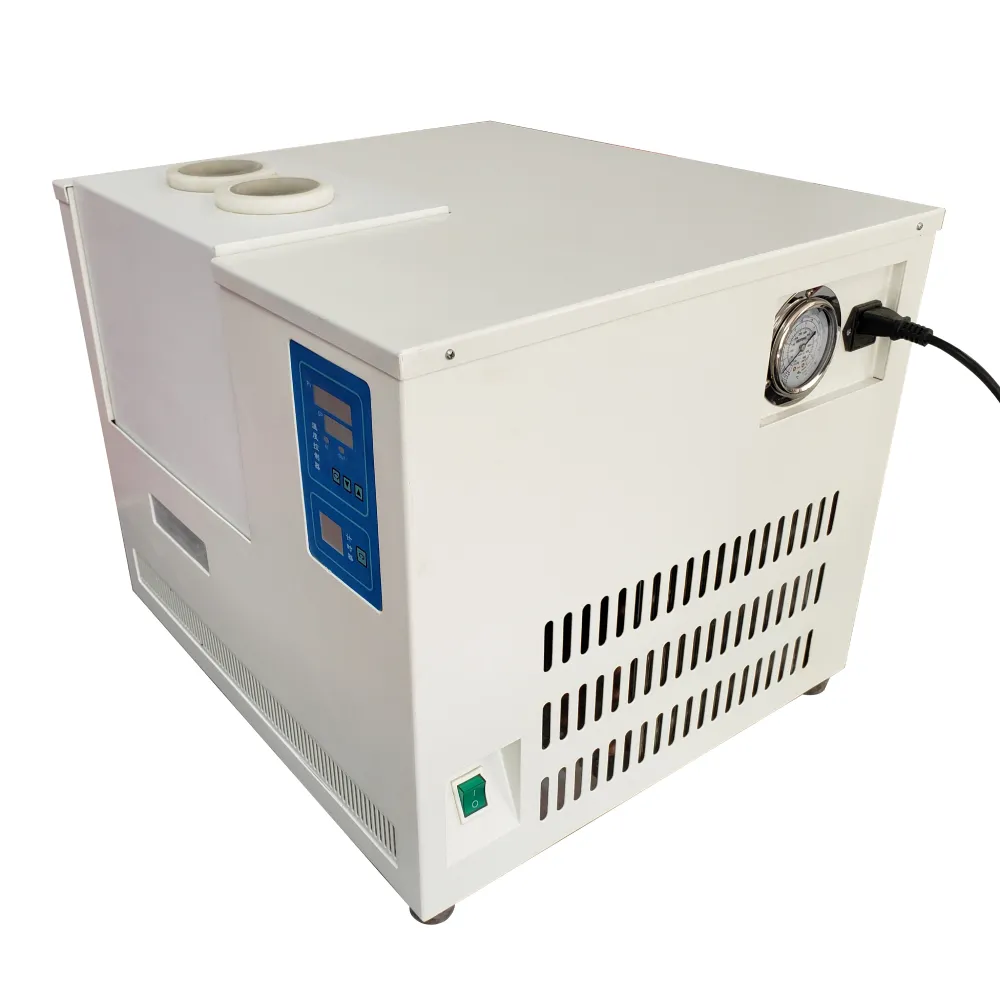TEL:
+86-0312-3189593
 English
English

Telephone:0312-3189593

Email:sales@oil-tester.com

-
 Afrikaans
Afrikaans -
 Albanian
Albanian -
 Amharic
Amharic -
 Arabic
Arabic -
 Armenian
Armenian -
 Azerbaijani
Azerbaijani -
 Basque
Basque -
 Belarusian
Belarusian -
 Bengali
Bengali -
 Bosnian
Bosnian -
 Bulgarian
Bulgarian -
 Catalan
Catalan -
 Cebuano
Cebuano -
 China
China -
 China (Taiwan)
China (Taiwan) -
 Corsican
Corsican -
 Croatian
Croatian -
 Czech
Czech -
 Danish
Danish -
 Dutch
Dutch -
 English
English -
 Esperanto
Esperanto -
 Estonian
Estonian -
 Finnish
Finnish -
 French
French -
 Frisian
Frisian -
 Galician
Galician -
 Georgian
Georgian -
 German
German -
 Greek
Greek -
 Gujarati
Gujarati -
 Haitian Creole
Haitian Creole -
 hausa
hausa -
 hawaiian
hawaiian -
 Hebrew
Hebrew -
 Hindi
Hindi -
 Miao
Miao -
 Hungarian
Hungarian -
 Icelandic
Icelandic -
 igbo
igbo -
 Indonesian
Indonesian -
 irish
irish -
 Italian
Italian -
 Japanese
Japanese -
 Javanese
Javanese -
 Kannada
Kannada -
 kazakh
kazakh -
 Khmer
Khmer -
 Rwandese
Rwandese -
 Korean
Korean -
 Kurdish
Kurdish -
 Kyrgyz
Kyrgyz -
 Lao
Lao -
 Latin
Latin -
 Latvian
Latvian -
 Lithuanian
Lithuanian -
 Luxembourgish
Luxembourgish -
 Macedonian
Macedonian -
 Malgashi
Malgashi -
 Malay
Malay -
 Malayalam
Malayalam -
 Maltese
Maltese -
 Maori
Maori -
 Marathi
Marathi -
 Mongolian
Mongolian -
 Myanmar
Myanmar -
 Nepali
Nepali -
 Norwegian
Norwegian -
 Norwegian
Norwegian -
 Occitan
Occitan -
 Pashto
Pashto -
 Persian
Persian -
 Polish
Polish -
 Portuguese
Portuguese -
 Punjabi
Punjabi -
 Romanian
Romanian -
 Russian
Russian -
 Samoan
Samoan -
 Scottish Gaelic
Scottish Gaelic -
 Serbian
Serbian -
 Sesotho
Sesotho -
 Shona
Shona -
 Sindhi
Sindhi -
 Sinhala
Sinhala -
 Slovak
Slovak -
 Slovenian
Slovenian -
 Somali
Somali -
 Spanish
Spanish -
 Sundanese
Sundanese -
 Swahili
Swahili -
 Swedish
Swedish -
 Tagalog
Tagalog -
 Tajik
Tajik -
 Tamil
Tamil -
 Tatar
Tatar -
 Telugu
Telugu -
 Thai
Thai -
 Turkish
Turkish -
 Turkmen
Turkmen -
 Ukrainian
Ukrainian -
 Urdu
Urdu -
 Uighur
Uighur -
 Uzbek
Uzbek -
 Vietnamese
Vietnamese -
 Welsh
Welsh -
 Bantu
Bantu -
 Yiddish
Yiddish -
 Yoruba
Yoruba -
 Zulu
Zulu
Led . 19, 2025 04:12
Back to list
PS-9001 Gas Chromatograph
Gas chromatograph analyzers represent one of the most advanced technological developments in the realm of analytical chemistry, offering unparalleled insight and efficiency in the separation and analysis of complex chemical mixtures. With roots tracing back to the mid-20th century, these instruments have evolved dramatically, integrating sophisticated technologies that cater to modern-day scientific and industrial demands.
Furthermore, trustworthiness is a cornerstone of gas chromatograph analyzers, as the data they produce must be both accurate and reproducible. Manufacturing protocols and quality assurance measures are critical in maintaining the integrity of the equipment, preventing data discrepancies that could compromise outcomes in sensitive applications. Esteemed manufacturers invest heavily in research and development, continuously enhancing the reliability and performance of their analyzers to meet the stringent demands of modern analytical challenges. Continuing to innovate, the future of gas chromatograph analyzers is promising, with trends moving towards increased automation and integration with digital technologies. Automation streamlines processes, reducing human error and increasing throughput, making it possible to analyze more samples in less time. Integration with data management systems and artificial intelligence further amplifies the capacity for real-time monitoring and predictive analysis, expanding the analyzer's role from mere data collection to an integral component of strategic decision-making processes. As industries continue to evolve, the gas chromatograph analyzer remains an invaluable tool, facilitating advancements in fields that intersect science, technology, and innovation. Its evolution reflects the dynamic nature of analytical chemistry, consistently pushing boundaries to deliver insightful solutions to complex challenges. Through expertise, meticulous application, and continuous improvement, the gas chromatograph analyzer not only meets but exceeds the expectations of those who rely on its capabilities, proving itself indispensable in the pursuit of progress and excellence.


Furthermore, trustworthiness is a cornerstone of gas chromatograph analyzers, as the data they produce must be both accurate and reproducible. Manufacturing protocols and quality assurance measures are critical in maintaining the integrity of the equipment, preventing data discrepancies that could compromise outcomes in sensitive applications. Esteemed manufacturers invest heavily in research and development, continuously enhancing the reliability and performance of their analyzers to meet the stringent demands of modern analytical challenges. Continuing to innovate, the future of gas chromatograph analyzers is promising, with trends moving towards increased automation and integration with digital technologies. Automation streamlines processes, reducing human error and increasing throughput, making it possible to analyze more samples in less time. Integration with data management systems and artificial intelligence further amplifies the capacity for real-time monitoring and predictive analysis, expanding the analyzer's role from mere data collection to an integral component of strategic decision-making processes. As industries continue to evolve, the gas chromatograph analyzer remains an invaluable tool, facilitating advancements in fields that intersect science, technology, and innovation. Its evolution reflects the dynamic nature of analytical chemistry, consistently pushing boundaries to deliver insightful solutions to complex challenges. Through expertise, meticulous application, and continuous improvement, the gas chromatograph analyzer not only meets but exceeds the expectations of those who rely on its capabilities, proving itself indispensable in the pursuit of progress and excellence.
Latest news
-
Testing Equipment Industry Sees Major Advancements in 2025: Smart & Precision Technologies Lead the WayNewsJun.06,2025
-
Applications of Direct Current Generators in Renewable Energy SystemsNewsJun.05,2025
-
Hipot Tester Calibration and Accuracy GuidelinesNewsJun.05,2025
-
Digital Circuit Breaker Analyzer Features and BenefitsNewsJun.05,2025
-
Benefits of Real-Time Power Quality Monitoring Devices for Industrial EfficiencyNewsJun.05,2025
-
Earth Fault Loop Testing in High-Rise Building Electrical SystemsNewsJun.05,2025



